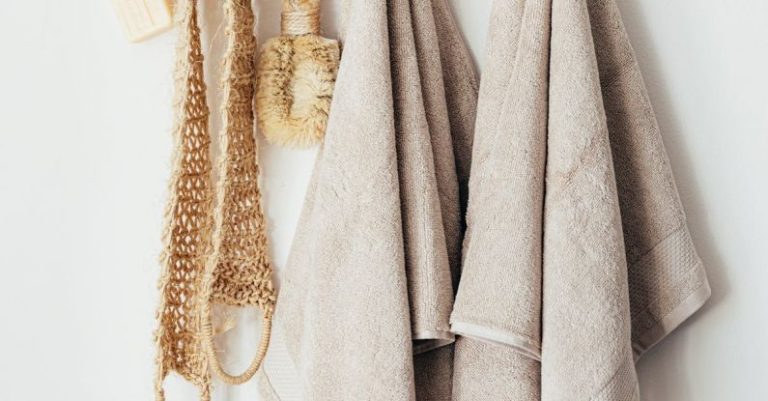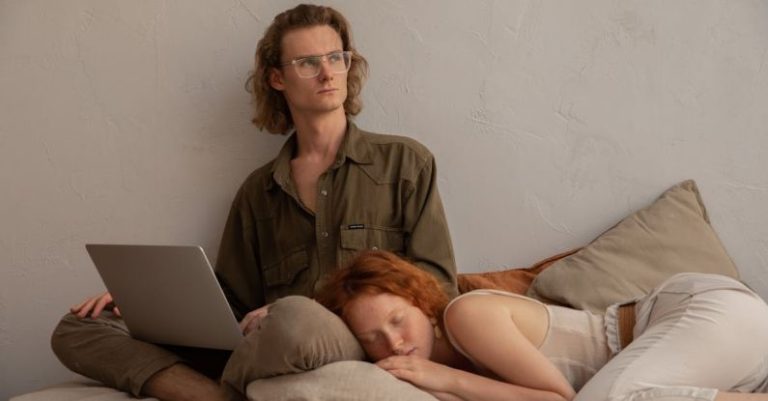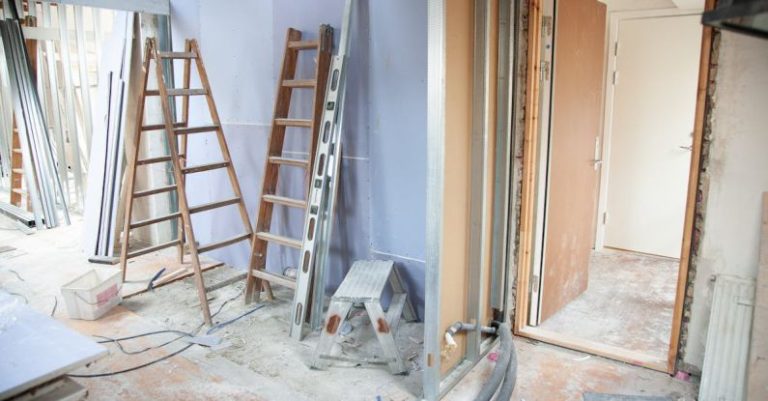The Future of Home Design: Trends to Watch
As we move further into the 21st century, the world of home design is constantly evolving. From the integration of technology to sustainable practices, the future of home design is shaping up to be both innovative and exciting. Let’s delve into some of the key trends that are set to dominate the world of home design in the coming years.
Smart Home Integration
One of the most significant trends in home design is the increasing integration of smart home technology. From voice-activated assistants to automated lighting and security systems, smart home technology is revolutionizing the way we interact with our living spaces. As technology continues to advance, we can expect to see even more seamless integration of smart devices into our homes, making everyday tasks easier and more convenient.
Sustainable Practices
With a growing focus on environmental sustainability, the future of home design is also leaning towards more eco-friendly practices. From energy-efficient appliances to green building materials, there is a strong emphasis on creating homes that are not only stylish but also environmentally responsible. Sustainable practices such as solar panels, rainwater harvesting systems, and green roofs are becoming increasingly popular as homeowners seek to reduce their carbon footprint and lower their energy bills.
Flexible Living Spaces
Another key trend in home design is the concept of flexible living spaces. With the rise of remote work and the increasing popularity of multi-generational living arrangements, homeowners are looking for spaces that can easily adapt to their changing needs. Open floor plans, modular furniture, and convertible rooms are all elements that contribute to creating versatile living spaces that can be customized to suit different activities and lifestyles.
Biophilic Design
Biophilic design, which focuses on incorporating elements of nature into the built environment, is gaining traction in the world of home design. From indoor gardens to natural lighting and materials, biophilic design seeks to create spaces that promote health and well-being by connecting occupants to the natural world. This trend is expected to continue to grow as more people recognize the benefits of bringing nature into their homes.
Minimalist Aesthetics
In contrast to the maximalist trends of the past, minimalist aesthetics are becoming increasingly popular in home design. Clean lines, neutral colors, and uncluttered spaces are all hallmarks of minimalist design, which emphasizes simplicity and functionality. This trend reflects a desire for homes that are calming and stress-free, providing a sanctuary from the hustle and bustle of modern life.
Customization and Personalization
With advances in technology and manufacturing processes, homeowners now have more options than ever when it comes to customizing and personalizing their living spaces. From 3D printing to customizable furniture and fixtures, homeowners can now tailor their homes to their exact specifications, creating spaces that truly reflect their individual tastes and preferences. This trend is expected to continue as homeowners seek to create unique and personalized spaces that feel truly their own.
The New Normal: Post-Pandemic Design
The global pandemic has had a profound impact on the way we live and work, and this is reflected in the world of home design. With more people spending time at home, there is a growing emphasis on creating spaces that are both functional and comfortable. Home offices, outdoor living areas, and wellness spaces are all elements that are becoming increasingly important in home design as homeowners seek to adapt to the new normal. As we look to the future, we can expect to see a greater focus on designs that prioritize health, well-being, and comfort in response to the challenges posed by the pandemic.
In conclusion, the future of home design is set to be a dynamic and ever-evolving landscape. From smart home technology to sustainable practices and flexible living spaces, there are a myriad of trends shaping the way we think about and interact with our living environments. By staying attuned to these trends and embracing innovation, homeowners can create spaces that are not only stylish and functional but also responsive to the changing needs of modern life.






